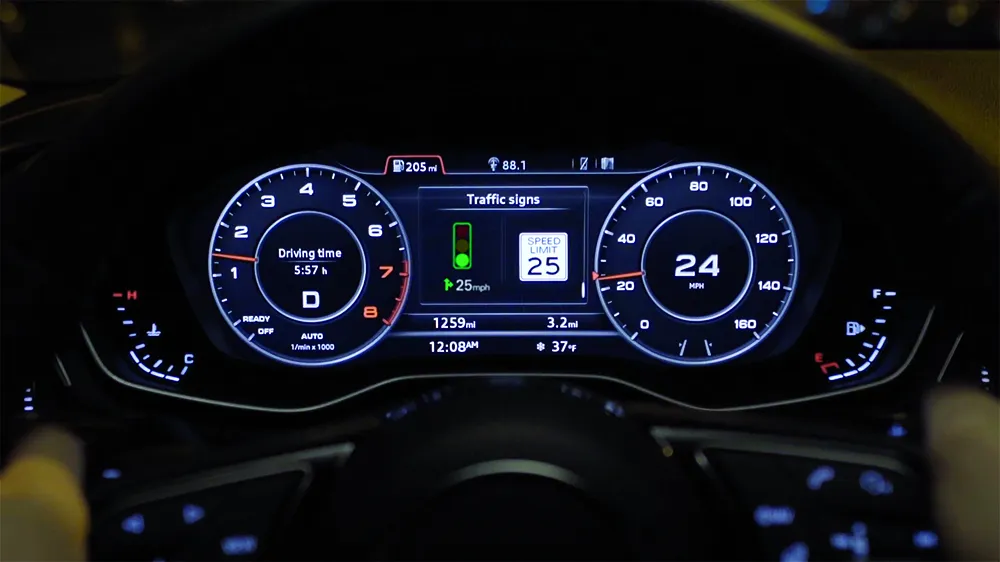OEM connected car system shipments are expected to grow from 8.22 million in 2012 to 39.5 million in 2016. While the United States and Western Europe remain the leading regions, car OEMs such as GM, Toyota, Nissan, Hyundai, and Mercedes Benz increasingly look to China as the next major expansion area for launching connected car solutions in order to maintain or enhance their competitive position in this fledgling market.
May 2, 2012
Read time: 2 mins
OEM connected car system shipments are expected to grow from 8.22 million in 2012 to 39.5 million in 2016. While the United States and Western Europe remain the leading regions, car OEMs such as 1959 GM, 1686 Toyota, 838 Nissan, 1684 Hyundai, and 1685 Mercedes Benz increasingly look to China as the next major expansion area for launching connected car solutions in order to maintain or enhance their competitive position in this fledgling market.
Dominique Bonte, vice president and group director, telematics and M2M, at5725 ABI Research comments, says the automotive industry has moved on from looking at telematics and connected car solutions as a nice premium add-on option to seeing bringing connectivity to the car as an essential tool to create more value to the end user, driving loyalty via advanced CRM-based customer experience tools and strengthening their overall branding and positioning in an increasingly competitive market. “In the US, connected car solutions have already become a must have, the dynamics of which were set in motion by 278 Ford, with almost every single OEM now having launched solutions, including 1958 Chrysler, coming to the party rather late with their enhanced Uconnect offer,” Bonte says.
While connected automotive infotainment continues to steal the limelight, traditional safety and security functionality remains important from an OEM perspective, due to either historical reasons (US – GM OnStar) or driven by mandates such as eCall in Europe, ERA-Glonass emergency calling in Russia, and the Contran stolen vehicle legislation in Brazil. Finally, usage based insurance (UBI), or insurance telematics, is making a strong comeback.
ABI Research’s new “Connected Car Market Data, Global” provides detailed forecasts of embedded, hybrid, and converged connectivity solutions, including subscribers, service revenue, and hardware shipments and revenues for the United States, Canada, Western Europe, Eastern Europe, Latin America, Asia-Pacific, and Africa and the Middle East.
Dominique Bonte, vice president and group director, telematics and M2M, at
While connected automotive infotainment continues to steal the limelight, traditional safety and security functionality remains important from an OEM perspective, due to either historical reasons (US – GM OnStar) or driven by mandates such as eCall in Europe, ERA-Glonass emergency calling in Russia, and the Contran stolen vehicle legislation in Brazil. Finally, usage based insurance (UBI), or insurance telematics, is making a strong comeback.
ABI Research’s new “Connected Car Market Data, Global” provides detailed forecasts of embedded, hybrid, and converged connectivity solutions, including subscribers, service revenue, and hardware shipments and revenues for the United States, Canada, Western Europe, Eastern Europe, Latin America, Asia-Pacific, and Africa and the Middle East.








